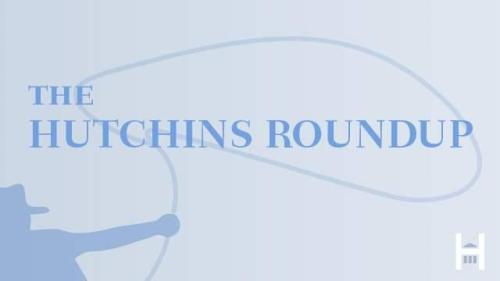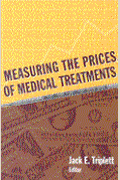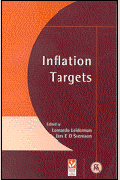Studies in this week’s Hutchins Roundup find banks are charging firms higher interest rates for CO2 emissions, workers relocate to suburbs for remote work, and more.
Want to receive the Hutchins Roundup as an email? Sign up here to get it in your inbox every Thursday.
Banks beginning to charge carbon emitters higher interest rates.
Combining syndicated loan data with carbon intensity data, Torsten Ehlers, Frank Packer, and Kathrin de Greiff at the Bank for International Settlements find that borrowers with large carbon emissions paid slightly more to borrow in the syndicated loan market after the 2015 Paris Agreement. But the penalty the firms pay is low relative to the expected financial hit to firm revenues from an introduction of carbon prices at plausible levels. Furthermore, lenders only price risks related to emissions caused directly by firms; they ignore risks associated with emissions from inputs, energy consumption, etc. “Green banks” (those that have signed the UN’s Equator Principles) lend less frequently to high emitters, but do not charge higher premiums than others. The authors encourage regulators and supervisors to devise incentives for lenders to take account of the environmental impact of the activities they finance. “Central banks could send a strong signal by taking into account such risks in their monetary operations, such as credit provision, collateral policies or asset purchases,” the authors conclude.
Work from home pushes workers to suburbs – but not to new cities
Have workers relocated as a result of new work from home policies? According to Arjun Ramani and Nicholas Bloom of Stanford, workers are moving to suburbs at higher rates than before the pandemic, but not to new cities. Specifically, they find that demand for real estate in central business districts has fallen since the beginning of the pandemic, while demand for real estate in suburban zip codes has increased. Moreover, the change in the demand for real estate in suburban zip codes is more pronounced for larger cities. Data from the U.S. Postal Service’s Change of Address requests suggest that migration between cities has not seen a similar increase. The authors argue that this is consistent with hybrid, rather than fully remote, work schedules, whereby workers are still required to make occasional appearances at their offices. They conclude that long-standing predictions that large metropolitan areas will see population declines as more workers begin to work from home should be viewed with some skepticism.
The natural real rate and long-term inflation expectations are unaffected by temporary shocks in monetary policy
Alex Aronovich and Andrew Meldrum of the Federal Reserve Board devise a new way to measure the natural real rate of interest (the one projected to prevail when the economy is at full employment and price stability) and long run inflation expectations. Relating professional forecasts of interest rates and inflation to U.S Treasury yields, the authors find that the natural real rate remained steady around 2% from 1990 to the early 2000s, started to decline post-financial crisis, then fell sharply during the COVID-19 pandemic. Long-horizon inflation expectations have also declined, going from 4% in the 1990s to around 2% since. The authors’ model suggests that the natural real rate and long run inflation expectations are unaffected by temporary changes in the stance of monetary policy, like shocks to the federal funds rate and equity indices. While their findings are consistent with those of more complex models, the authors argue their method allows for “greater flexibility in the relationship between yields and short rate expectations, as well as being far easier to compute.”
Chart of the week: Inflation expectations continued to increase in May
Source: Goldman Sachs (access code required)
Quote of the week:
“Measures of inflation expectations, both from surveys and financial markets, have moved up as the economy has reopened and strong fiscal stimulus has boosted growth… Prior to the pandemic, the economy had experienced a long period during which inflation pressures remained muted even as the economy appeared to be running near capacity. The apparent lesson from this period was that the inflation process had changed relative to earlier decades, a shift that the Federal Open Market Committee acknowledged in the adoption of its new monetary policy framework last year. Although providing the context for the revised framework, the cause of this shift in inflation dynamics remains relatively obscure. As such, an overarching takeaway from this period might be that the inflation process can change, and that changes can be relatively persistent,” says Esther George, President of the Kansas City Fed.
“While it is clear that several temporary factors are boosting inflation now, I am not inclined to dismiss today’s pricing signals or to be overly reliant on historical relationships and dynamics in judging the outlook for inflation. The past few decades saw inflation play a relatively minor role in the day-to-day decision-making of businesses and consumers. Maintaining this state of affairs as we seek to achieve our objectives for maximum employment and price stability will be important.”












Commentary
Hutchins Roundup: Carbon premiums, remote work, and more
June 3, 2021